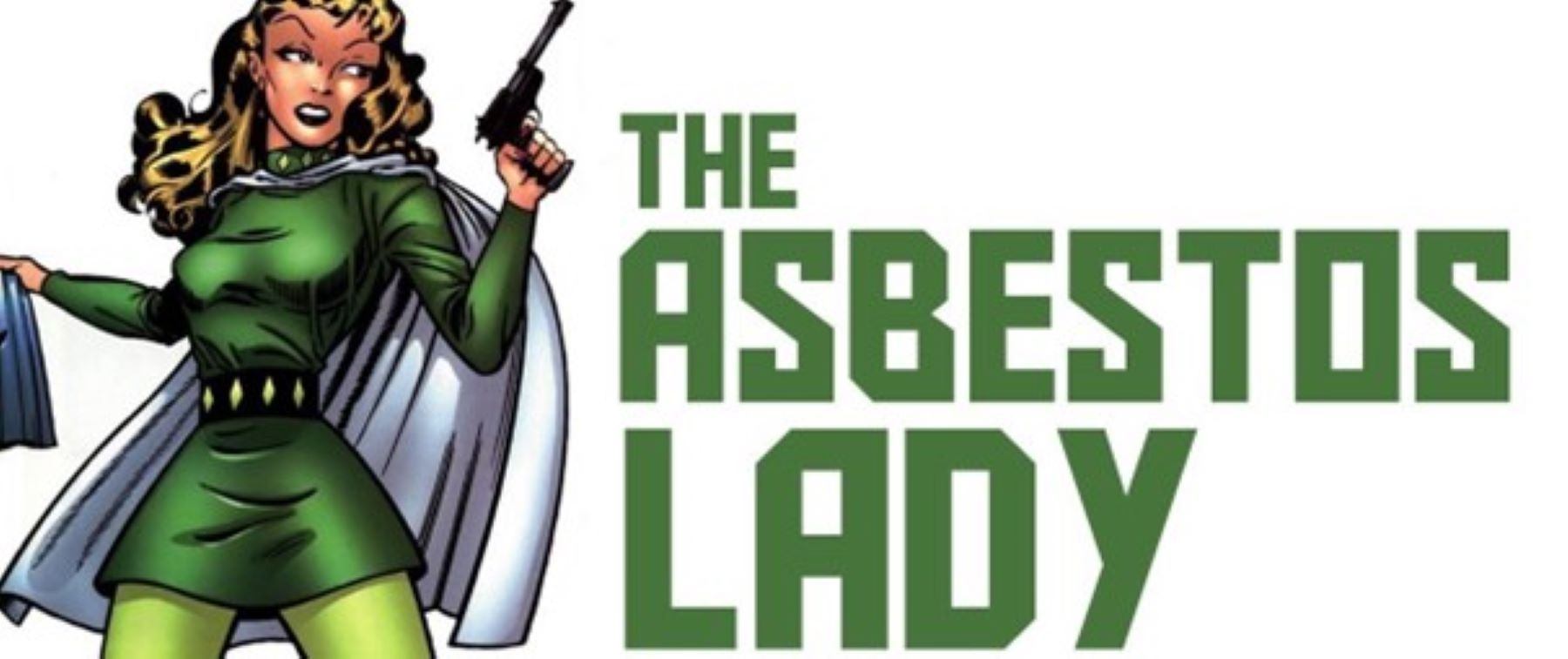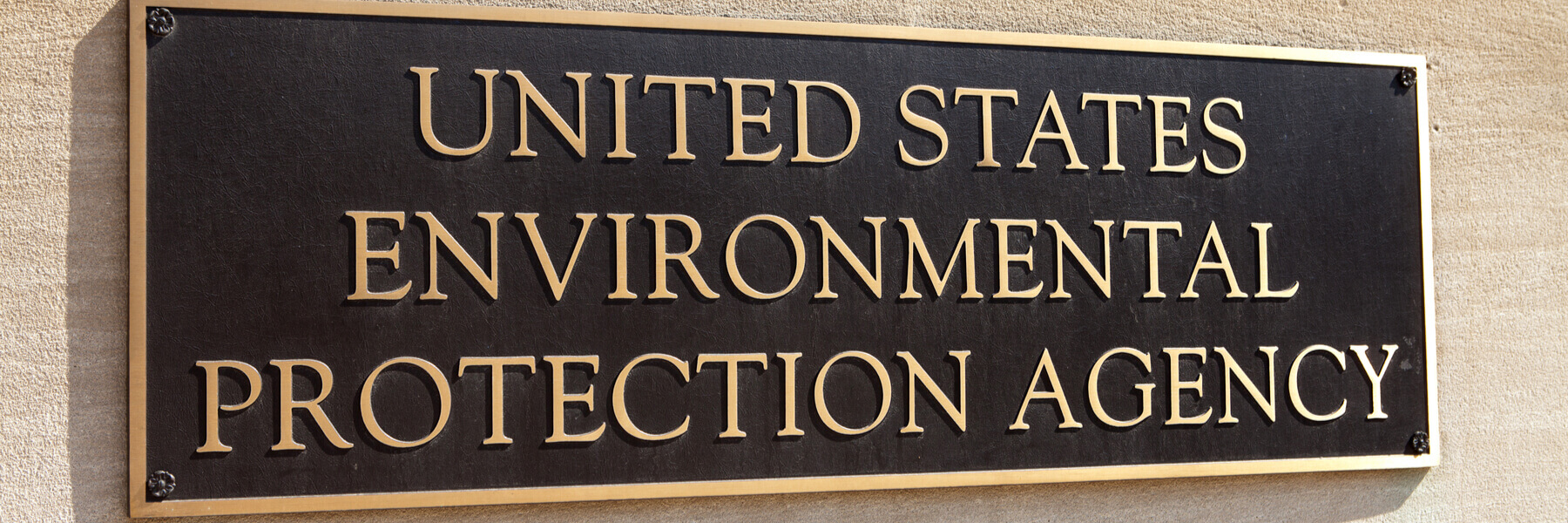Throughout history, the mining profession has been vital to the growth and development of our country. Most of the products you use today—your computer, your phone, doorknobs, light bulbs, forks, spoons, the zipper on your blue jeans—could never have been produced without the labor of miners. After all, without someone to gather and supply the resources necessary to create these items, there would be no items.
However, mining is not an easy profession, nor is it necessarily safe for our miners. It comes with many well-known risks ranging from explosions to hardware malfunctions, equipment failures, and tunnel collapses. Yet, the danger does not end there. Miners are at high risk of industrial exposure to what is now known to be an extremely hazardous mineral—asbestos.
Asbestos Exposure in Mining
While asbestos mining has ceased within the United States, asbestos can be found underneath the earth’s surface in naturally occurring deposits nearly anywhere. Since asbestos is most often found closer to the earth’s surface, it is regularly found alongside or interspersed throughout deposits of common resources, increasing the chance that miners will encounter dangerous asbestos exposure during the extraction processes.
There are two standard mining methods used to extract minerals, ore, and resources:
Open-Pit Mining
This is a surface mining technique used to extract minerals and ore deposits located relatively close to the surface of the earth. Also known as opencast mining, open-pit mining grants the ability for miners to extract resources without the need for creating underground tunnels by removing large areas of earth in layers. As a result of the explosions necessary to the mining process, any naturally occurring asbestos deposits located in the area can contaminate the air. However, due to the open airflow associated with open-pit mining, there is slightly less inhalation risk than underground mining.
Underground Mining
This is used to extract resources from deep below the earth’s surface. Shafts and tunnels are created using machinery and controlled explosions to reach the ore or mineral. This is the most dangerous form of mining due to the inherent safety risks of burrowing underground. There is also a much higher risk of asbestos inhalation should it be encountered. This is because any agitated asbestos remains airborne and does not have a great chance of being swept away by airflow.
Miners Most At Risk for Asbestos Exposure
Any miner working in a mine that hasn’t been officially declared asbestos-free may risk industrial asbestos exposure. Let’s touch on the three most common resources that have a strong history of asbestos exposure.
Coal Miners
Coal mining has long since been crucial to the United States economy and day-to-day life, and we have a long history with it. While well-known for the chance to cause black lung disease among its miners, coal mining has a solid chance to cause asbestos-related illnesses in its miners. This is due to the comorbidity often seen between asbestos deposits and coal deposits. The U.S. Mine Safety and Health Administration has estimated that about 15% of all U.S. coal mines contain asbestos, putting the miners at constant risk of exposure.
Coal refinement is another process that miners take part in aside from extraction. This is when coal is crushed or sanded down, which causes coal dust to contaminate the air. If the coal was extracted from an at-risk mine, there is a high potential that asbestos particles are also in the air.
Vermiculite Miners
Vermiculite is a hydrous mineral resembling mica that is frequently used as an alternative to asbestos. It is generally used after heat expansion has been applied in a process called exfoliation. After expansion, vermiculite becomes lightweight and assumes thermal properties similar to, but not as effective as, asbestos. Formed of long, worm-like mineral strands, vermiculite is currently used in insulation, packaging, potting mixes, linings, plasters, fire protection, and more.
Like the other resources mentioned, asbestos has a chance of being in or near vermiculite mines. The most well-known vermiculite mine in the United States that was compromised due to asbestos exposure was near Libby, Montana. It was responsible for 70% of all vermiculite sold in the U.S. from 1919 to 1990. Unfortunately, due to an asbestos deposit at the mine, all miners worked in dangerous conditions and the mined vermiculite was completely contaminated. This has led to ongoing new medical cases because of how long it can take asbestos-related medical issues to arise following exposure.
Talc Miners
Talc is the softest known mineral in the world and has a variety of uses, from baby powder to cosmetics to food additives. The problem is that there continue to be instances where asbestos-contaminated talc products are hitting the shelves, leading to illnesses in users. This means our talc miners and the general populace could all be at risk for asbestos exposure through mine contamination.
Secondhand Asbestos Exposure
We have all been coached about the dangers of secondhand smoke and how it can be nearly as deadly as smoking itself. Following similar reasoning, second-hand asbestos exposure is an extremely critical issue affecting both the miners themselves and their families.
Mining Equipment
For many years, asbestos was used in the production of an enormous variety of tools and machinery. That includes those that are used in the mining process. While you may have been assured that the mine you are working in is completely asbestos-free, there is a chance that the tools and equipment you are using are not. Just as with all tools, asbestos-containing products break down through use. This presents an opportunity for microscopic particles to be released into the environment.
Here are a few examples of products that may contain asbestos:
- Piping, including chemical and wastewater
- Continuous mining machinery
- Shuttle cars
- Hoist machines and winches
- Automotive parts
Immediate Family of Miners
Miners who face industrial asbestos exposure often take their work home with them without ever meaning to. This is because asbestos has a horrible habit of sticking to and settling on every surface that it can. This includes every inch of the miners themselves, from hat and hair to shirt and shoes.
Simply driving home after a long shift in the mines can leave asbestos particles throughout the vehicle and whoever rides in it next has a chance to inhale rogue airborne asbestos. When a miner arrives home to their family, they are often welcomed with hugs and other greetings, unknowingly transferring asbestos to everyone they touch. Asbestos is then shaken loose as the miner removes their clothes, and whoever does the laundry risks prolonged asbestos exposure again and again as the laundering process releases the microscopic fibrils into the air once more.
Considering the deadly danger that asbestos exposure can present to you and your loved ones, it is always vital to take precautions when exposure is possible.
For Those Impacted by Asbestos Exposure
Due to the irreparable damage caused by asbestos, exposure can cause lifelong or life-threatening issues such as lung cancer, mesothelioma, and asbestosis. It can take anywhere from 15-50 years for asbestos-related health problems to arise after initial exposure.
Asbestos has negatively impacted the lives of a disproportionate number of our laborers due to industrial exposure. If you have been exposed to asbestos, it is essential to take the proper steps to get the help and aid you deserve. Fill out a free case evaluation today to see how the Law Offices of Serling & Abramson, P.C. can help.




